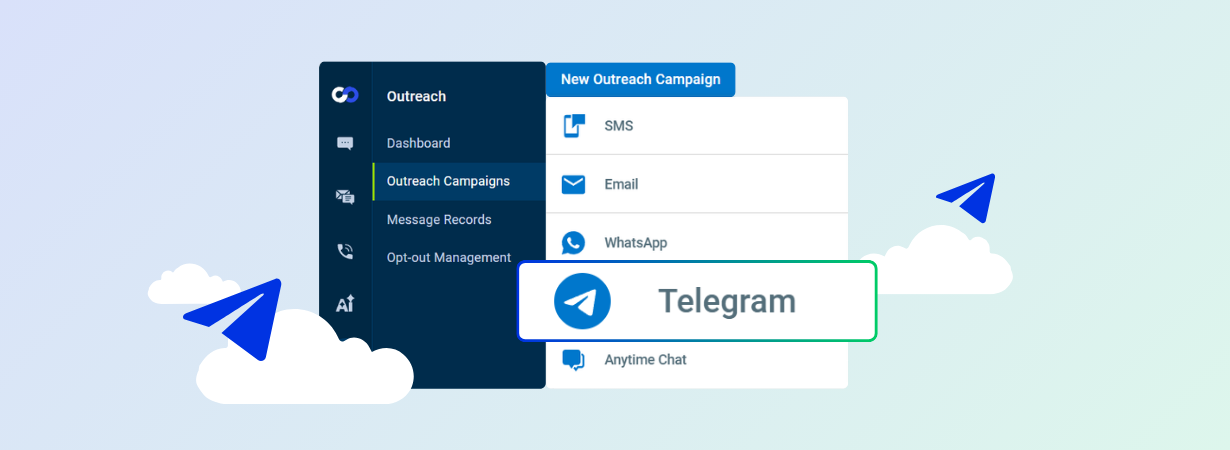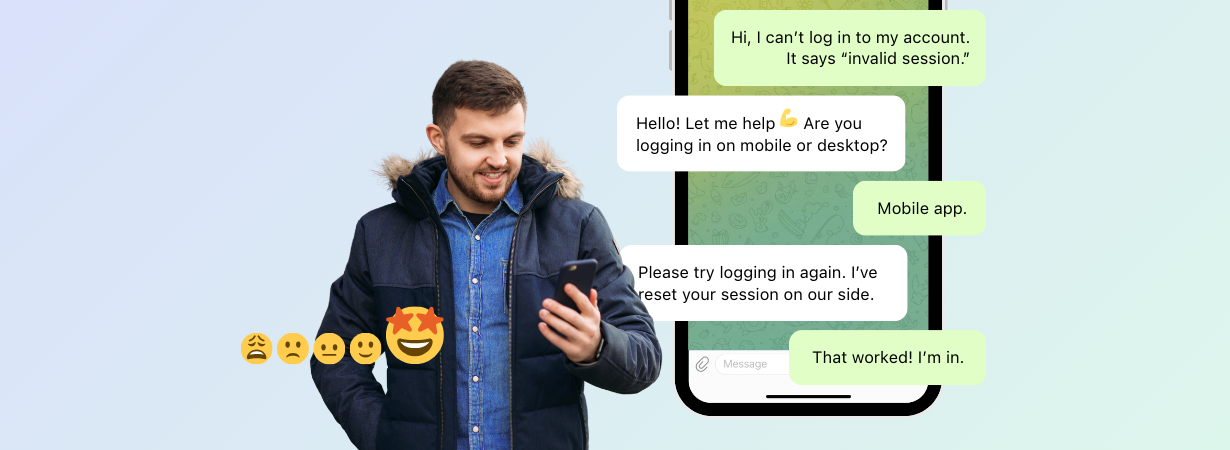Whether
you’re new to digital omnichannel or your company is already deep into digital
transformation for customer service, it’s always important to check the health
of your digital customer journey.
The
digital customer journey describes how your customers move across digital
touchpoints as they progress from prospect to customer to advocate. Examining
your digital customer journey is critical to improving your customer experience
by ensuring that every touchpoint is monitored and optimized.
So,
what should you look at when planning or evaluating your customers’ digital journey?
Here are four elements to consider, plus some customer service best-practices to
make the most of them:
Online customers in the pre-purchase stage typically
find companies in one of two ways: on social media or through a search engine.
On social media, initial inquiries about a
product can be made in the comments section or a direct message to your
company. With a digital omnichannel solution at their disposal, agents can
prioritize and respond to social queries from a unified console, helping them
move customers from discovery to consideration and decision.
Leads who wound up on your website thanks to SEO often use live chat as their first digital touchpoint, especially if the live chat button is readily available.
Recommended for you: Top 10 Live Chat Benefits You Have to Know
For new customers who land on your website
after hours, a clear knowledge base and a helpful chatbot are two channels that
can keep your leads moving along the digital journey.
Remember: Mind your response time. Whether the first connection with your lead happens on social media or your website, the right response time SLA will keep them on track to becoming a customer. On Facebook, 85% of customers want a response from companies within six hours, while 64% of customers on Twitter expect a response within an hour. Live chat users expect to be connected to an agent in a minute or less during online business hours.
2. Inbound vs. outbound acquisition
Responding to a leads’ inbound request is a
helpful way to guide them toward conversion. However, a little outbound nudge can
be the perfect catalyst for a lead who is still in the consideration stage.
With digital omnichannel engagement, you can
automate proactive interactions based on custom rules that guide users through
the customer journey.
Recommended for you: 8 Proactive Chat Best Practices with Ready-to-Use Scripts
For example, if a first-time customer is
browsing a web page for 5 minutes or more, a live chat window could appear
inviting that customer to “let us know if you have any questions!” For a
customer who is visiting a second time, or from a specific location, a
personalized deal might be offered instead (“see something you like? Ask us
about our free shipping codes!”).
Remember: Think proactively. Comm100’s 2020 Live Chat Benchmark Report found that about 5% of outbound chats are accepted by web visitors and turned into meaningful interactions with the brand. If you can automate outbound messages, why not convert and engage more?
3. B2B vs. B2C conversion
B2B and B2C digital journeys have their own set of channel preferences. B2B companies have been slower than B2C in adopting digital transformation. However, they’re catching up quickly in response to customer demand—and it’s paying off. Research has found that B2B companies that successfully master digital transformation have 8% more shareholder returns and five times more revenue growth than their peers.
Today’s B2B customers initiate 61% of transactions online, with half now starting their research via social media. While social media is an important part of the B2B discovery process, communication with these customers usually involves more traditional channels, such as email. B2B tends to expect responses within 1-24 hours.
B2C consumers tend to prefer online channels such as live chat, texting, and social media above traditional communication. They often want and expect a faster response, and will use the channels that are most known for their speed and convenience. In many ways, these customers are driving the digital experience. Research has found that B2B companies that successful master digital transformation have 8% more shareholder returns and five times more revenue growth than their peers.
Remember: Create incentives for B2B online interaction. Many companies are helping B2B customers move toward digitalization by offering incentives for digital interactions and online purchases. According to an Accenture survey, 42% of B2B leaders say they plan to implement online-only loyalty programs, 35% will offer online training for both internal teams and customers, and 32% will offer incentives for making sales completed through digital channels. With live chat routing rules, businesses can help high-level B2B clients move through the digital customer journey by putting them in touch with a dedicated account manager to ensure a consistent and personalized experience.
4. Mobile vs desktop retention
The accessibility of your company on mobile and
desktop will determine how easy it is for customers to navigate your website, make
purchases, access their account, connect with customer support, and maintain an
ongoing relationship with your company.
According to Microsoft, one-third of all customers use a mobile device to initiate contact with customer service. The same report reveals that 79% of millennials are more inclined to buy from brands that have a mobile-responsive customer support portal.
Research shows that more and more customers are
reaching out to companies via mobile live chat platforms. Comm100’s 2020 Live
Chat Benchmark Report found that 74.5 percent of all live chats in the last
year were sent from a mobile device. With over 42 million mobile chats, this
marks an 82 percent increase from the year before. As
customers continue to shift from desktop to mobile as their primary online
device, companies must optimize and prioritize mobile digital touchpoints when
planning their digital customer experience and customer retention strategies.
Remember: Be mobile-ready. To accommodate the increasingly mobile customer journey, optimize your company website for mobile viewing and adopt live chat and SMS as key digital omnichannel communication points. While they are important all-around, these shifts are especially necessary for B2C sectors.
Conclusion
Digital channels are absolutely critical when designing your customer experience. Like your key objectives and customer personas, strategizing your digital touchpoints is foundational to the creation of a seamless—and profitable—digital customer journey. (According to research by MIT, companies that embrace digital transformation are 26% more profitable than their peers.)
To get the best results out of your digital customer journey, your
touchpoints can’t be held in silo. As digital channels grow their offerings and
advance their data collection capacities, it is increasingly important that they
blend effortlessly into a unified view of the customer.
Digital omnichannel engagement means that important data no longer slips through the cracks—instead, it is used to create more deeply personalized customer connections and a cohesive customer service experience. By including digital omnichannel engagement in your customer journey, you can understand where your customers are in their lifecycle, no matter which channel they reach you from.
This post is the second of two that are based on our Omnichannel Customer Engagement White Paper. Read part 1 here, or download the full story below.
Download now: Customer Engagement 2020 White Paper
Digital omnichannel is the next big thing of the new decade. Found out which digital channels are right for you and how to structure your customers’ journeys across them to ensure you are satisfying today’s customer experience expectations.
Download Now
White Paper







